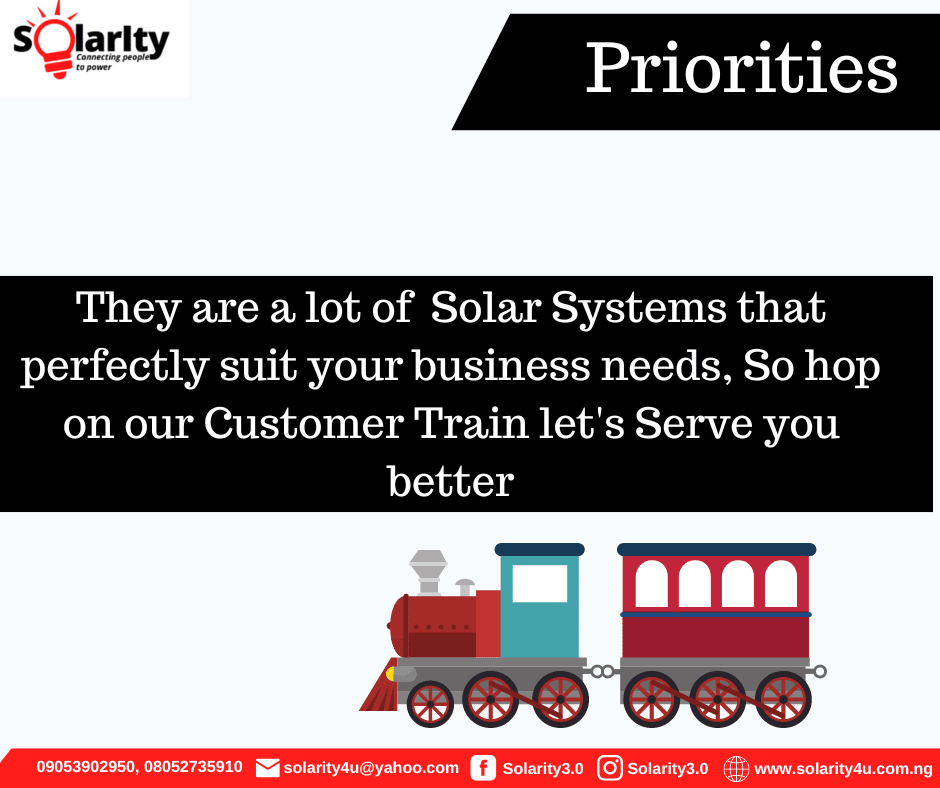 Let the sun cover the cost of your power. Determine your power consumption requirements if you’re interested in learning how the sun powers your solar panel.
Let the sun cover the cost of your power. Determine your power consumption requirements if you’re interested in learning how the sun powers your solar panel.
How to calculate the solar panels required? Finding out the total power and energy consumption of all loads that the solar PV system must supply is the first stage in building a solar PV system. This is calculated by adding up the entire amount of energy used by all the appliances and other gadgets in your home. It is specified in Watt-hours for each appliance.
For the sake of simplicity, let’s use a load from the table below as an example. The energy for each appliance is computed as follows:
Let’s estimate the daily energy consumption of two incandescent lamps as an example.
The power rating (Watt) of each lamp is multiplied by the number of hours it will be in operation to determine how much energy will be used to operate it.
PLHL = EL Where EL is the lamp’s energy consumption (Watt-hours)
PL = Lamp Power Rating (Watt) = 60watts
PL = Lamp Power Rating (Watt) = 5 watts
HL stands for the lamp’s daily operating time (hours)
The two incandescent lamps will use a total of EL = 2 x 60 x 4 = 480 Watt-hours of energy per day for 4 hours.
The eight bulb light will use a total of El = 8 x 5 x 10 = 400 Watt
You can also determine the total energy for all the other loads, which equals:
ETotal = 1380 watts
To account for any energy lost in the system, add a 25% allowance. 1380 times 1.25 will equal 1725Wh in total.
Therefore, ETotal = 1725Wh is the total amount of energy required from the PV modules.
2. Decide on your peak sunlight hours
Depending on where you live and the climate where you are, the typical peak sun hours vary substantially. Solar maps or the Global Solar Atlas can be used to check for your specific area.
We can use Nigeria as an example, where the average peak sun hours are six hours.
Size of solar PV arrays
Different PV modules provide varying quantities of power. Take your daily kWh energy requirement and divide it by your peak sun hours to get the kW output in order to size your solar system. Read more about Why is solar power the best option for alternative energy in nigeria
With an average of six hours of the sun’s peak exposure per day for Nigeria in our example above. A 295.88W system is required by the following equation:
DC solar system size = (daily kWh typical sun hours)
the necessary size of the DC solar system is 287.5W (1725Wh x 6 sun hours).
4. Determine the system’s PV panel count. The size and construction of solar panels can also affect their voltage ratings. For off-grid applications, those that produce output between 12 and 48 volts are typically used.
Maximum Power Voltage (Vmp) times Maximum Power Current (MPC) represents the maximum power (Pmax) that a single panel can produce under full sun (Imp).
Assuming we have solar panels that are 12 volts and 100 Wp, and have the following electrical specifications: Pm is equal to 100Wp, Vmp is 17.5 Vdc, Imp is 5.7 A, Voc is 21.0 V, and Isc is 6.2 A.
As a result, 3 PV panels (287.5Wp/100Wp = 2.9) will be needed overall.
Any fractional part of the result should be multiplied by the next largest whole number, and that will be the necessary number of PV modules. Learn more information on how many solar panels required?
Check out the resources listed below and Get Quotes or join the conversation using the hashtag #Solarpanel,#solarlight, #inverter, #solarinverter, #solarpower, #solarenergy. [forminator_form id=”68551″]
